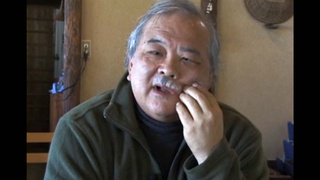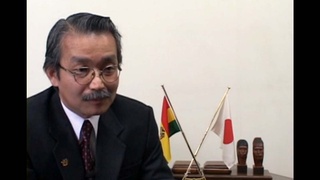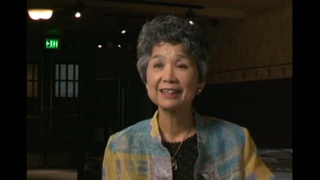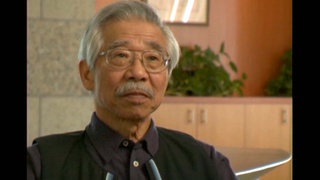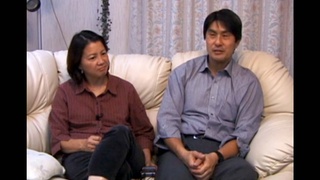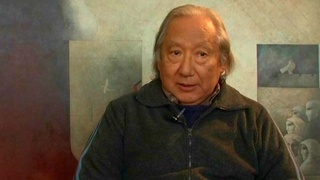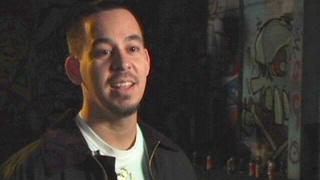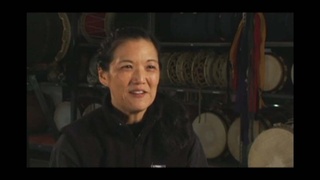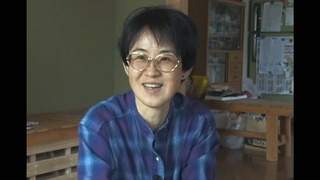Interviews
Differing responses by gender to the Hapa Project
One thing I found that was really interesting that I would not have guessed is if I photographed a thousand people, I’d say two-thirds to three-quarters were women. I would not have guessed that would have happened and I realized—it made me think a lot about why more women—and it’s not like there’s biologically more women Hapas, you know. It made me realize that maybe women in this country are more likely to deal with this question and they’re more interested in it and they’re more ready to volunteer to talk about it.
That was a big insight to me because certainly I talk a lot about masculinity in my work, and I talk a lot about how we measure strength in this country versus in eastern philosophy. I mean we have these things of strength here, I talk with my classes about having to measure masculine strength here, “Oh, well he doesn’t cry, he’s so strong,” you know. “His father died, he didn’t cry” of “He fought off this intruder” or “He beat this guy up”. You know, versus this kind of strength where mastering quantum physics or mastering the violin or taking care of elderly parents, that amount of strength isn’t valued in this country. And I think those two things kind of go hand in hand, that talking about yourself and willing to be photographed and talk about yourself isn’t perhaps a masculine strength that’s valued in this country. So I learned—that brought that home to me, that’s something that I’ve always explored.
Date: May 3, 2006
Location: California, US
Interviewer: Jim Bower
Contributed by: Watase Media Arts Center, Japanese American National Museum.

